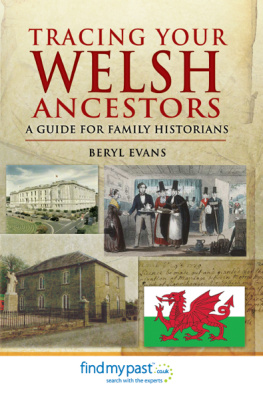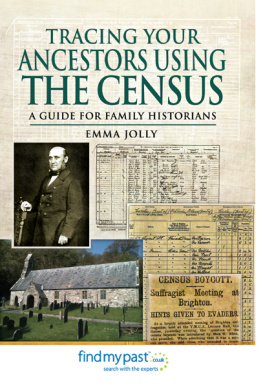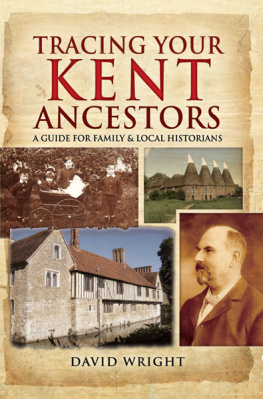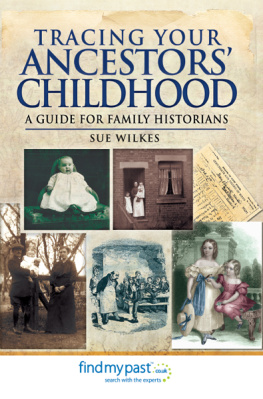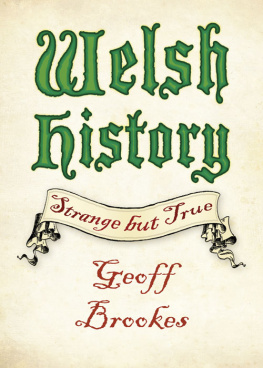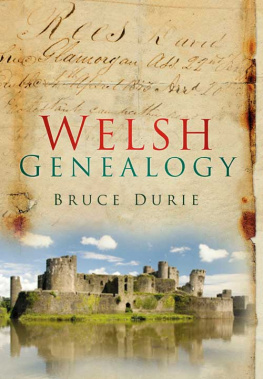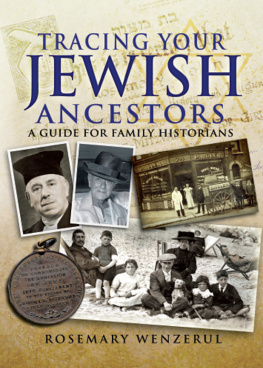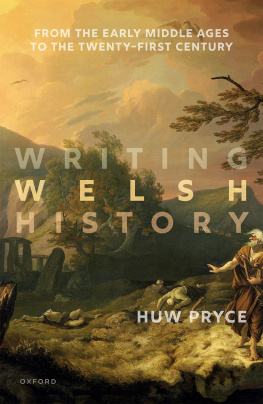
First published in Great Britain in 2015
PEN & SWORD FAMILY HISTORY
an imprint of
Pen & Sword Books Ltd
47 Church Street, Barnsley
South Yorkshire,
S70 2AS
Copyright Beryl Evans, 2015
ISBN: 978 1 84884 359 2
EPUB ISBN: 978 1 47386 195 4
PRC ISBN: 978 1 47386 194 7
The right of Beryl Evans to be identified as Author of the Work
has been asserted by her in accordance with the Copyright,
Designs and Patents Act 1988.
A CIP catalogue record for this book is
available from the British Library.
All rights reserved. No part of this book may be reproduced or
transmitted in any form or by any means, electronic or mechanical
including photocopying, recording or by any information storage
and retrieval system, without permission from the Publisher in writing.
Typeset in Palatino and Optima by CHIC GRAPHICS
Printed and bound in England by
CPI Group (UK), Croydon, CR0 4YY
Pen & Sword Books Ltd incorporates the imprints of Pen & Sword
Archaeology, Atlas, Aviation, Battleground, Discovery, Family History,
History, Maritime, Military, Naval, Politics, Railways, Select, Social History,
Transport, True Crime, Claymore Press, Frontline Books, Leo Cooper,
Praetorian Press, Remember When, Seaforth Publishing and Wharncliffe.
For a complete list of Pen & Sword titles please contact
PEN & SWORD BOOKS LTD
47 Church Street, Barnsley, South Yorkshire, S70 2AS, England
E-mail:
Website: www.pen-and-sword.co.uk
CONTENTS
In memory of my special nephew,
Harri Rhys Rattray
20002013
ACKNOWLEDGEMENTS
Many people have helped and guided me whilst writing this book and I am grateful to them all, with special thanks to Simon Fowler for his patience and kind words whilst reading the text over the years. My greatest thanks go to the staff at the National Library of Wales; without the support, encouragement and resources made available to me, it would not have been possible to complete the work. The Library has also provided me with many images from its collections, from which I have tried to choose examples from all over Wales, not only from my home county of Ceredigion.
Last, but by no means least, thank you to Emlyn my husband and my daughters Caryl and Elan, for their continued support. A special mention goes to my granddaughters Elan Lois and Popi Mai; Im hoping that all my family history research will not be in vain.
LIST OF ILLUSTRATIONS
Chapter 1
STARTING YOUR RESEARCH
The questions I am most often asked in relation to family history research are: How do I start? or Where do I start? More often than not, my answer is, With yourself! It is surprising how much we already know about our families without realizing. Make a note of all the names, dates and events you are certain of, concerning not only your immediate family, but also extended family. Start with yourself and your siblings and work back methodically through parents and grandparents as far as you can go, not forgetting the uncles, aunts and cousins.
Ask as many relatives and family friends as you can for their recollections and reminiscences. Make a note of what each person says either: on paper, computer or by making a recording that can be written up later. Nobody ever recalls everything in one sitting, so be patient: several visits may be necessary if someone has a lot of information to share with you. One recollection tends to lead to another and you may find yourself bombarded with information, which, at the time, may not make much sense to you; therefore, keeping a record of some kind is the key to future research. Do not disregard any family stories, as you may later discover that there was some element of truth in them.
Encourage relatives to search for any family records and memorabilia they may have. Attics are a great place to search, given that they are often used to store papers, documents, photographs and newspaper cuttings that may well have been inherited and forgotten about. Showing such items to elderly relatives and family friends can often jog their memory, but bear in mind that keeping accurate records of what information was given in response, and where the records were originally found, is a very important part of being a good family historian. Compiling a list of questions to ask can also be a good starting point and can lead to much more information: ask who, where, when and why. However, be aware that skeletons in the cupboard were often not talked about, so you may come across some reluctance to discuss certain aspects of your familys history.
The sort of ephemera you should look out for includes certificates: birth, marriage and death certificates are the most obvious ones, but keep an eye out for others that can assist you, such as baptismal, Sunday school and educational certificates. Newspaper cuttings are another wonderful source of information and very often hold connections with the family. Obituaries are very often cut out and kept, as are marriage photographs and newspaper records of other significant events relating to the family or the area where they lived.
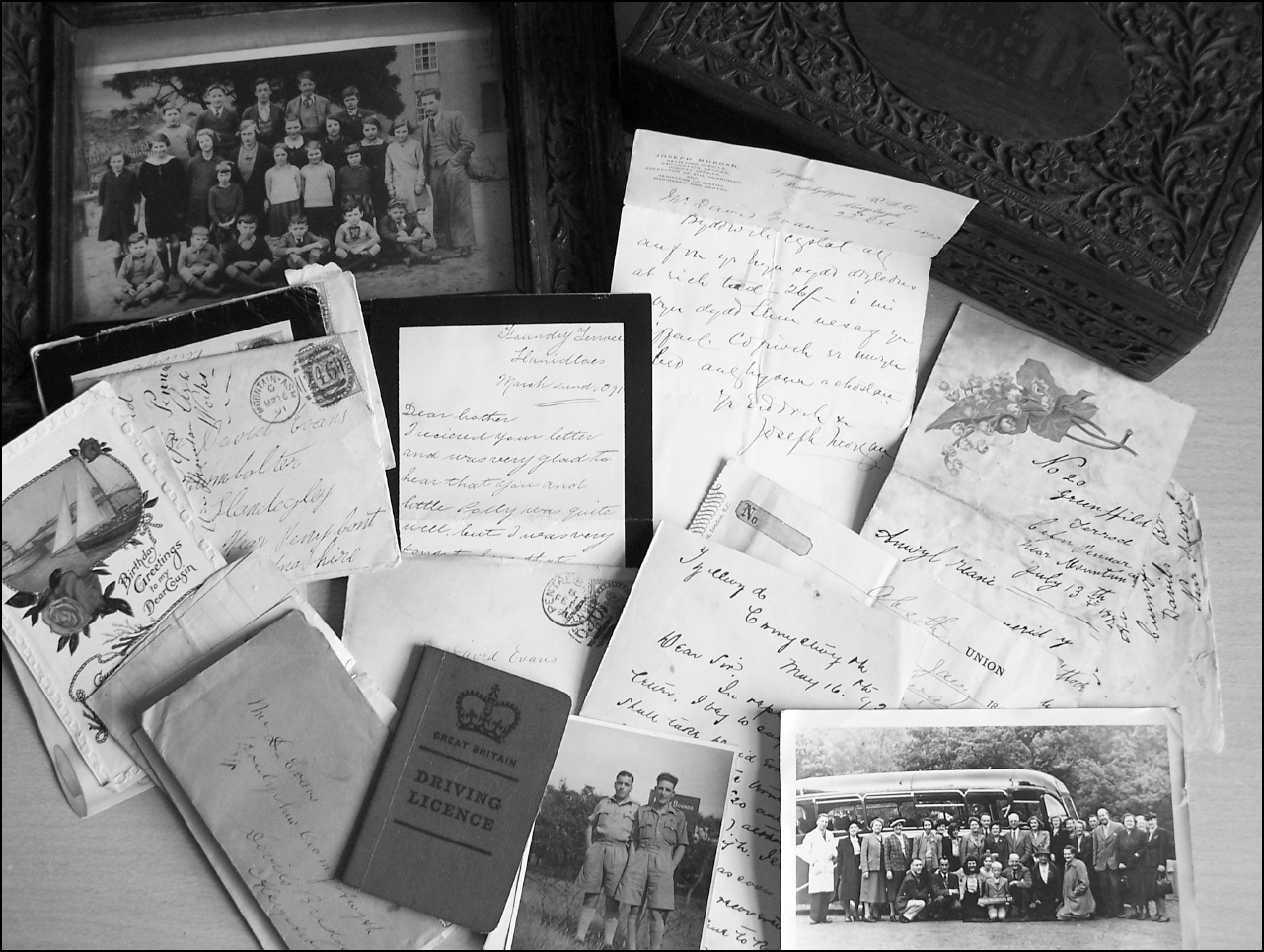
A selection of items that can be found whilst searching for family records. (Authors collection)
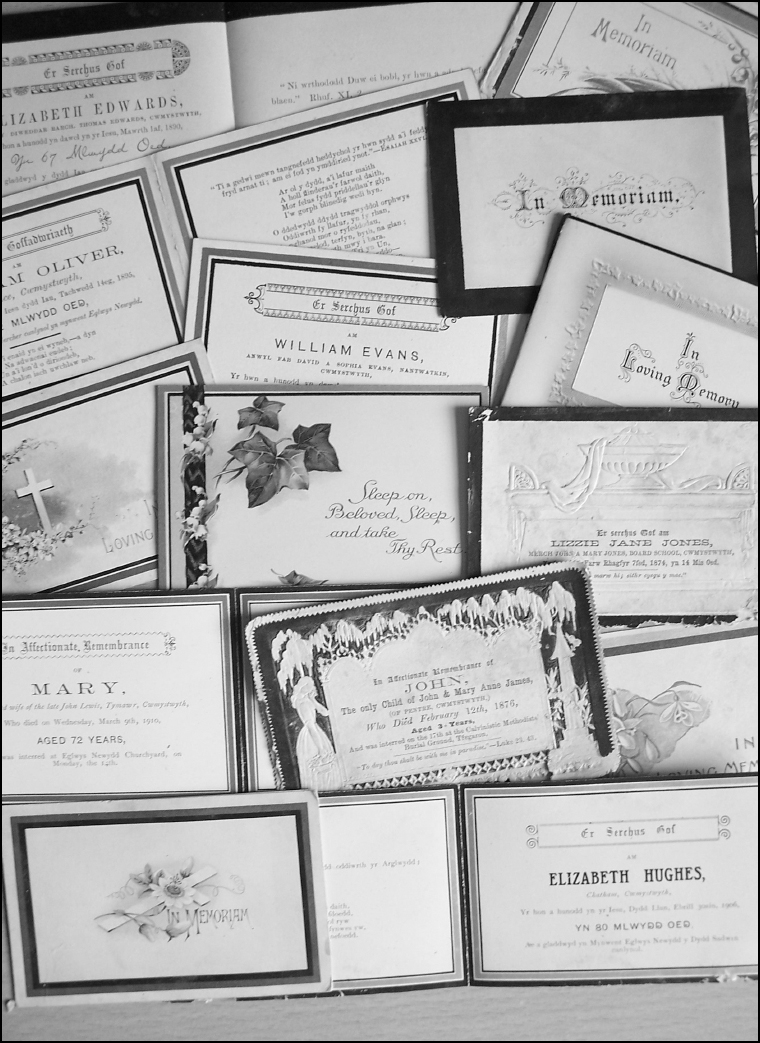
A collection of nineteenth-century memorial cards. (Authors collection)
Funeral leaflets and memorial cards are collections I have come across whilst doing my own research and I have inherited collections from deceased relatives over the years. These do not always pertain directly to relatives, as they sometimes refer to people known to the family, but they can still hold enough information to search for a burial record, monumental inscription, death certificate and/or a newspaper obituary.
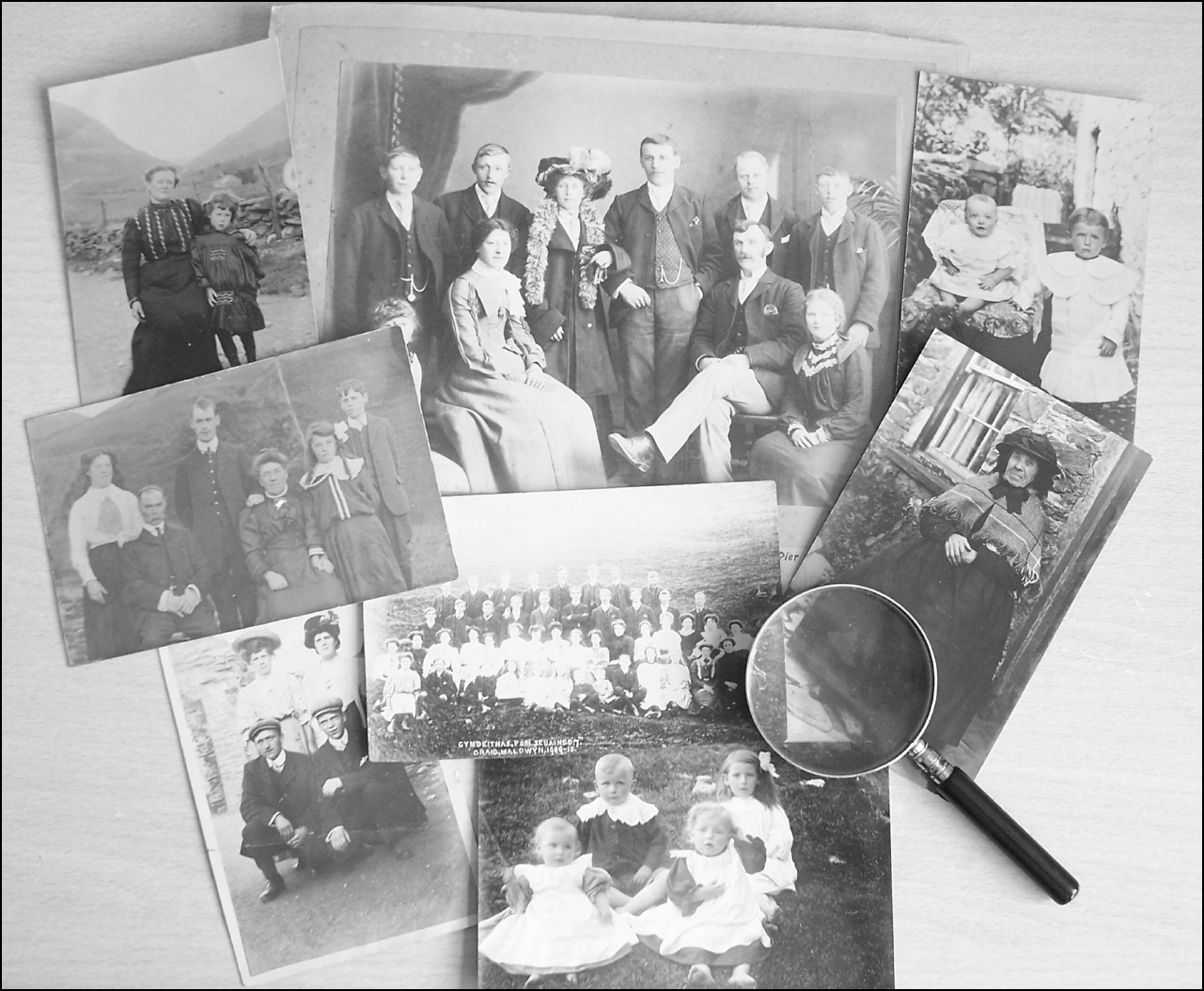
A collection of photographs that have been kept in the family. (Authors collection)
Family bibles can also be a valuable asset in your research if your family are lucky enough to have one that documents family members within its leaves. Other records to look for are family letters, diaries, deeds, rentals and any papers that can give you a bigger picture of the lives of family members at a given time. Photographs are the one item the majority of us have. However, very few have any details attached to them for identification purposes. If any friends or relatives can give you information about a photograph, make a note in pencil on the back for future reference.
Do not despair if you cannot find many details at the beginning. The minimum information you actually need to get started is your own date and place of birth.
Once you have gathered together some information, you need to get it organized into a family tree. This can be done on paper initially and possibly on computer later on, by using a family tree software programme. Inevitably you will accumulate a mass of paper copies of documents, photographs, newspaper cuttings, certificates, and so on. For ease of access, these should be arranged in files, either by individual or by family branch.
There are many family history software packages available on the market, which provide templates for organizing your family history research. The information you add is, in turn, used to create comprehensive reports and family tree charts and you can include photographs, videos and online links with the majority of packages. It is therefore worth doing some research and checking out reviews, either online or in family history magazines, before buying.
Next page
